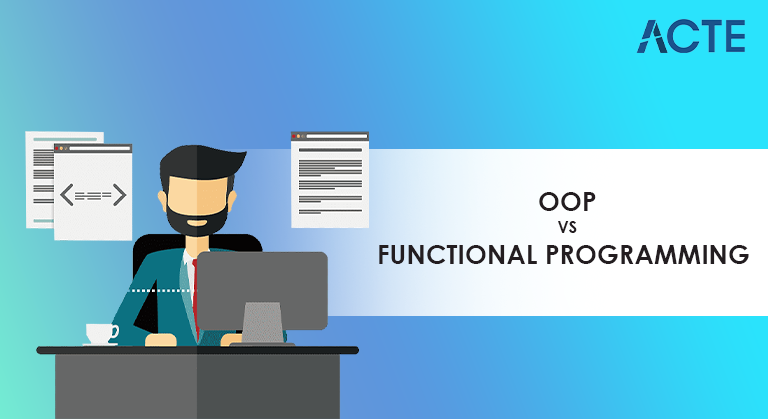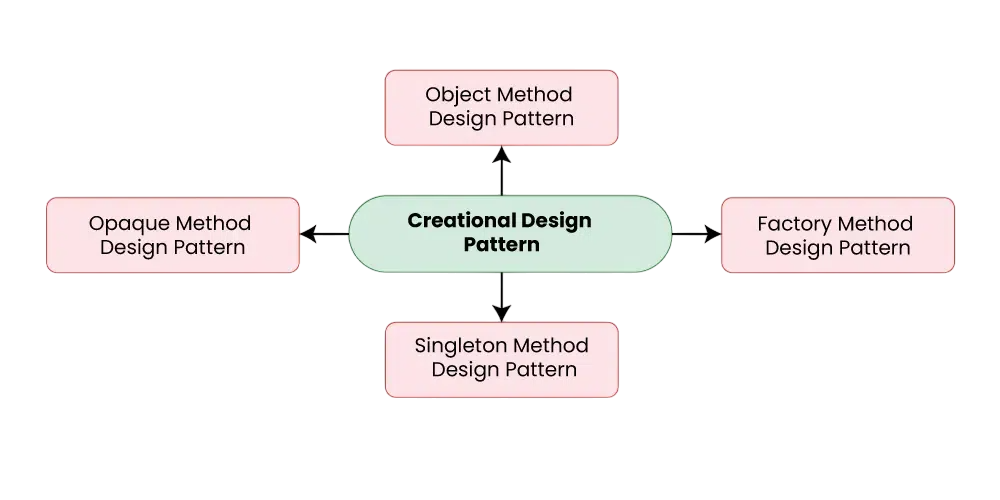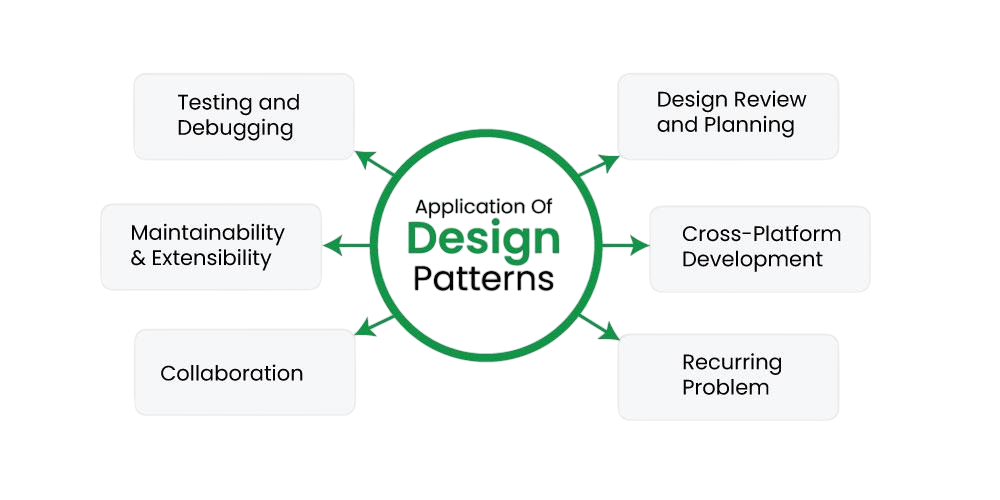
- C Pattern Programs
- Why Learn C Pattern Programs?
- Key Concepts in C Pattern Programs
- Types of Patterns You Can Create
- Building Your First Star Pattern: A Simple Example
- Crafting Number Patterns in C
- Advanced Patterns and Logic Building
- Practical Applications of Pattern Programming
- Your Path to C Proficiency
C Pattern Programs
Have you ever seen those nice designs printed on a piece of paper, made out of stars or numbers? A significant part of them are standardized by basic C pattern codes. Beginners can learn C using these programs, as well as learn to be strong in logic. They appear to be simple, but they discuss the important concepts required in more serious coding assignments. Consider them as the blocks to your programming path.
Why Learn C Pattern Programs?
Pattern programs in C involve more than printing shapes. It introduces you to the operation of loops and the ability to control them precisely. You will know how to move in both rows and columns and select what should be printed on each point. The workout is necessary to develop problem-solving skills and logic problem-solving skills, which will be the basis of any future C program. Moreover, it is an entertaining, interactive method of solidifying your understanding of the main concepts of C.
Are You Interested in Learning More About Full Stack Developer? Sign Up For Our Full Stack Developer Training Today!
Key Concepts in C Pattern Programs
Here are some core ideas you’ll encounter and master when working with C pattern programs:
- Nested Loops: This is the heart of most pattern programs. You’ll use an outer loop to control the rows and an inner loop to control the columns or elements within each row.
- Loop Counters: Understanding how the loop counters (i for rows, j for columns) change is vital. Their values determine what gets printed.
- Conditional Statements (Optional but helpful): Sometimes, if-else statements can be used to add more complex logic, like printing different characters or numbers based on specific conditions.
- printf() Function Mastery: You’ll become very familiar with the printf() function to display characters, numbers, and spaces precisely where you want them.
- Star Patterns: These are the most popular. You’ll learn to create simple right triangles, inverted triangles, pyramids, diamonds, and more using the asterisk symbol (*).
- Number Patterns: Instead of stars, you’ll print sequences of numbers. This could include increasing numbers, decreasing numbers, or patterns based on the row or column number.
- Alphabet Patterns: You can even create patterns using letters of the alphabet, often following similar logic to number patterns.
- #include <stdio.h>
- int main() {
- int rows = 5; // You can change this number
- // Outer loop for rows
- for (int i = 1; i <= rows; i++) {
- // Inner loop for columns (stars)
- for (int j = 1; j <= i; j++) {
- printf(“* “); // Print a star followed by a space
- }
- printf(“\n”); // Move to the next line after each row
- }
- return 0;
- }
- #include <stdio.h>
- int main() {
- int rows = 5; // You can change this number
- // Outer loop for rows
- for (int i = 1; i <= rows; i++) {
- // Inner loop for columns (numbers)
- for (int j = 1; j <= i; j++) {
- printf(“%d “, j); // Print the column number followed by a space
- }
- printf(“\n”); // Move to the next line after each row
- }
- return 0;
- }
- Data Visualization: Creating charts and graphs.
- Game Development: Drawing game elements and levels.
- User Interface Design: Arranging elements on a screen.
- Algorithm Design: Developing efficient solutions for complex problems.
Would You Like to Know More About Full Stack Developer? Sign Up For Our Full Stack Developer Training Now!
Types of Patterns You Can Create
The world of pattern programs in C is vast and exciting. Here are some common types that are great for practice:

Building Your First Star Pattern: A Simple Example
Let’s look at how to create a basic right-angled triangle using stars in a C program.
In this C coding example, the outer loop runs from i = 1 to 5. For each i, the inner loop runs i times. So, in the first row (i=1), it prints one star. In the second row (i=2), it prints two stars, and so on. This simple C program demonstrates the power of nested loops.
Crafting Number Patterns in C
Now, let’s elevate your skills by creating a number pattern. Here’s an example that prints numbers in increasing order in a right-angled triangle:
This pattern program in C is very similar to the star pattern. The main difference is in the inner loop. Instead of printing a fixed character like *, we print the value of the inner loop counter j. This allows us to print sequential numbers within each row, which is a great way to practice number patterns C.
Preparing for Full Stack Development Job? Have a Look at Our Blog on Full Stack Development Interview Questions and Answers To Ace Your Interview!
Advanced Patterns and Logic Building
You are free to advance your designs to more complex ones as you are familiar with the simple ones in C, including star and number shapes. Think of having inverted triangles, pyramids or diamond shaped. These patterns demand attentive manipulation of loop settings and in most cases inclusion of spaces to get the effect that is wanted. As an example, you may have to print a particular number of spaces and then print the stars in each row. Learning such patterns of stars in C improves the creation of high levels of logics.
Practical Applications of Pattern Programming
While printing shapes might seem like a purely academic exercise, the skills you develop are highly transferable. The logic building C you hone through pattern programs is fundamental for many real-world applications. Understanding how to loop, iterate, and control output precisely is key in areas like:

Every C program, no matter how complex, relies on these foundational programming constructs that you practice so well with pattern programs.
Your Path to C Proficiency
Finally, C pattern programs are a valuable and crucial step to be taken by C programmer learners. They provide an interactive, graphical means of understanding fundamental concepts like loops, conditionals and have a fundamental idea on the logic of building on the concepts of C. Using a multifarious array of C program illustrations, including those which are simpler, such as star-pattern codes, and those more complicated, such as number-pattern codes, you gain confidence and have a good feel of the manner in which program flow is to be controlled. Plunging into the depth of a C programmer is never too late and test yourself with various sample examples of C and have a wonderful adventure on your way to fully utilizing C programming language.



